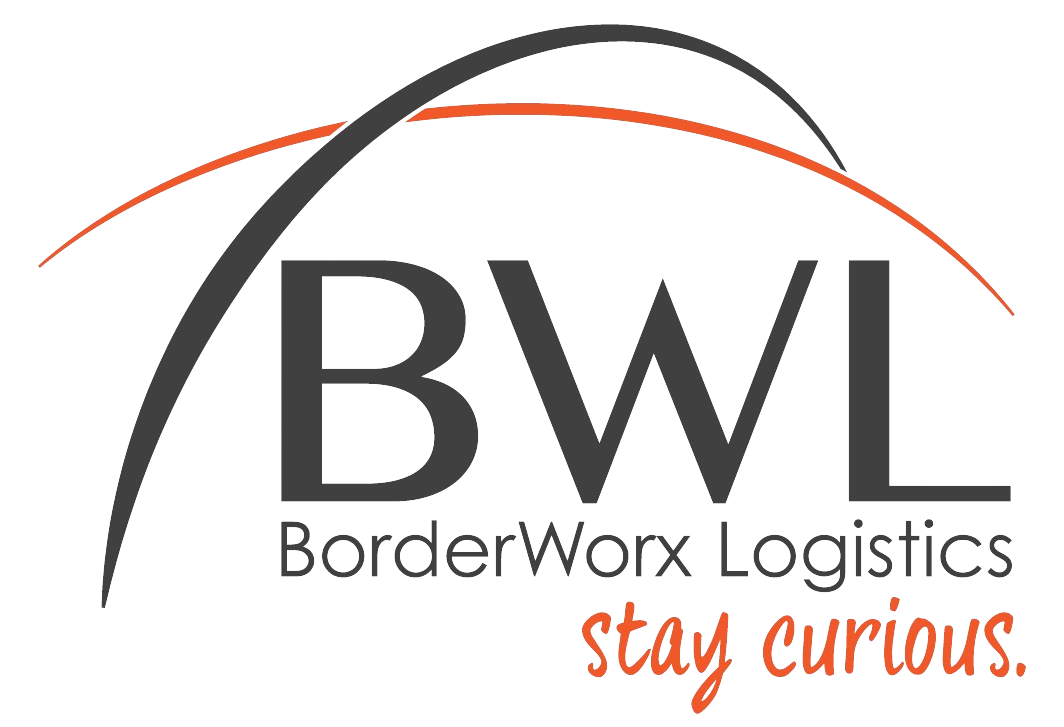In the rapidly evolving landscape of logistics and supply chain management, businesses are constantly seeking efficient ways to manage their inventory and fulfill orders. While traditional fulfillment and warehousing practices have been the backbone of this sector for decades, the rise of Third-Party Logistics (3PL) providers has introduced a new dimension to the way companies approach their logistics needs. This article delves into the fundamental differences between traditional fulfillment and warehousing operations and 3PL fulfillment and warehousing services.

Traditional Fulfillment and Warehousing
Traditional fulfillment and warehousing refer to the process where a business manages its own inventory storage, order packing, shipping, and handling in-house or through leased warehouse spaces. This model gives companies complete control over their logistics operations, including the layout of the warehouse, the staff employed, and the technology and systems used for inventory management. The direct management of these operations allows businesses to tailor their logistics to their specific needs, potentially leading to higher levels of customization in packing and handling.
However, this control comes with its own set of challenges. Businesses are responsible for all the overhead costs associated with warehouse management, including rent, utilities, payroll, and technology upgrades. They also need to handle the complexities of scaling their operations during peak seasons and managing any fluctuations in demand. This can lead to significant investments in space and technology that may not be fully utilized during slower periods.
3PL Fulfillment and Warehousing
On the other hand, 3PL fulfillment and warehousing services offer a more flexible solution by outsourcing the logistics operations to specialized providers. These providers manage inventory, process orders, and ship products on behalf of the business from their own warehouses. One of the key advantages of using a 3PL provider is the ability to scale operations up or down based on current demand without the need for direct investment in physical space or technology. This flexibility can be particularly beneficial for businesses with fluctuating sales cycles or those looking to expand into new markets without significant upfront costs.
Furthermore, 3PL providers often bring extensive expertise and advanced technology to the table, offering businesses access to state-of-the-art logistics solutions without the need to develop them in-house. This includes sophisticated inventory management systems, automation tools, and data analytics platforms that can optimize the supply chain and improve overall efficiency. By leveraging the networks and relationships of 3PL providers, businesses can also benefit from reduced shipping rates and faster delivery times.
Choosing between traditional fulfillment and warehousing and 3PL services depends on a variety of factors, including the size of the business, its growth ambitions, and the level of control desired over logistics operations. While traditional warehousing allows for greater customization and direct oversight, it requires significant investment and management of resources. 3PL fulfillment, conversely, offers scalability, expertise, and cost efficiency, making it an attractive option for businesses looking to streamline their supply chain operations. As the global market continues to shift and consumer expectations evolve, the choice between these two models will increasingly hinge on the flexibility and efficiency they can offer to businesses aiming to stay competitive in a dynamic environment.
If you have any questions or are looking for a 3PL provider, please get in contact with us!
